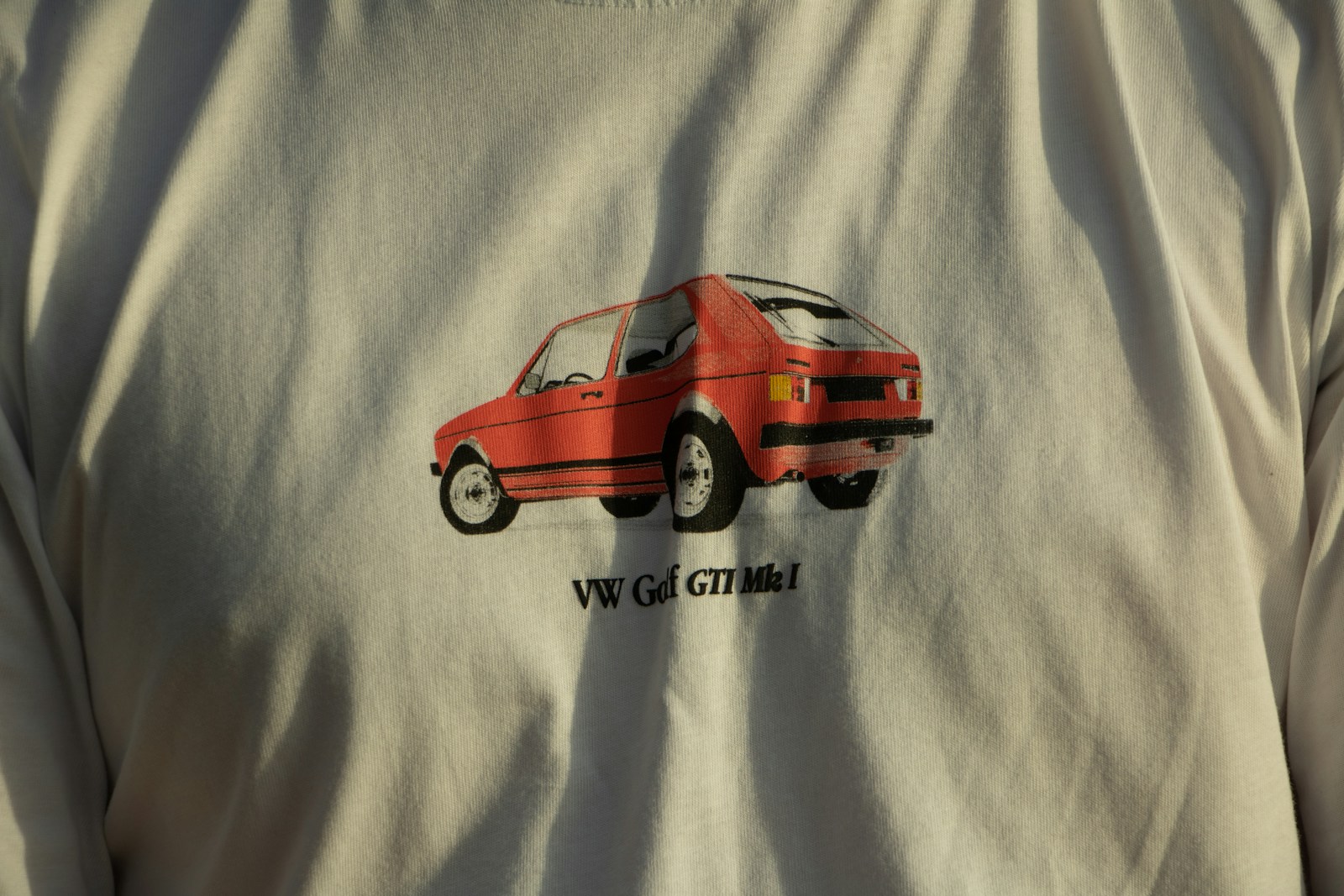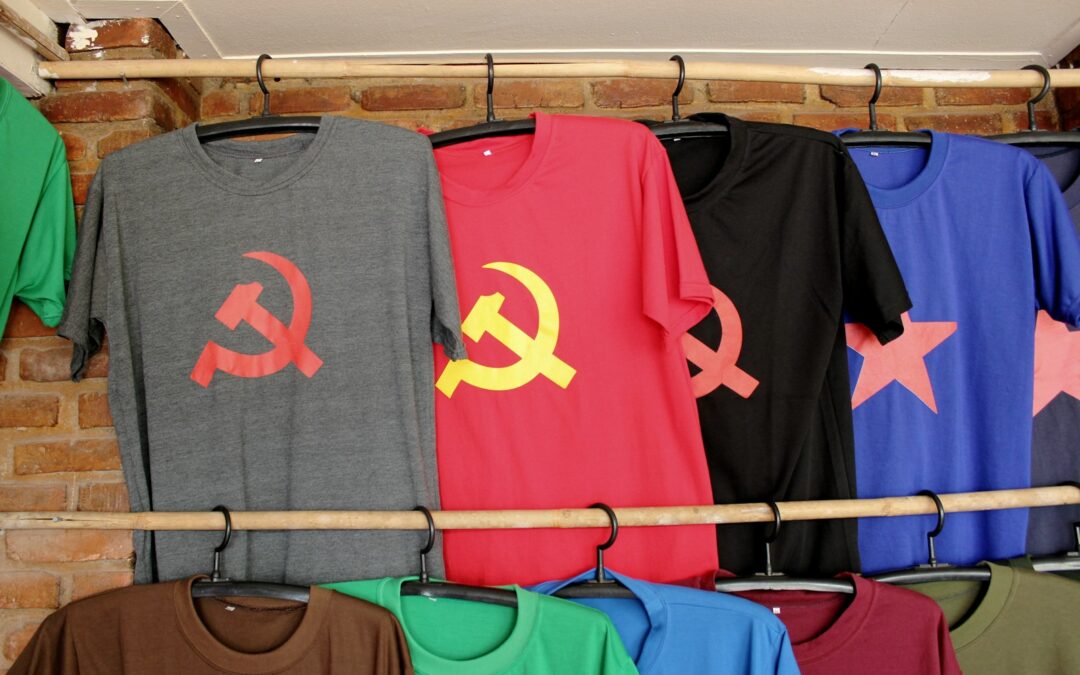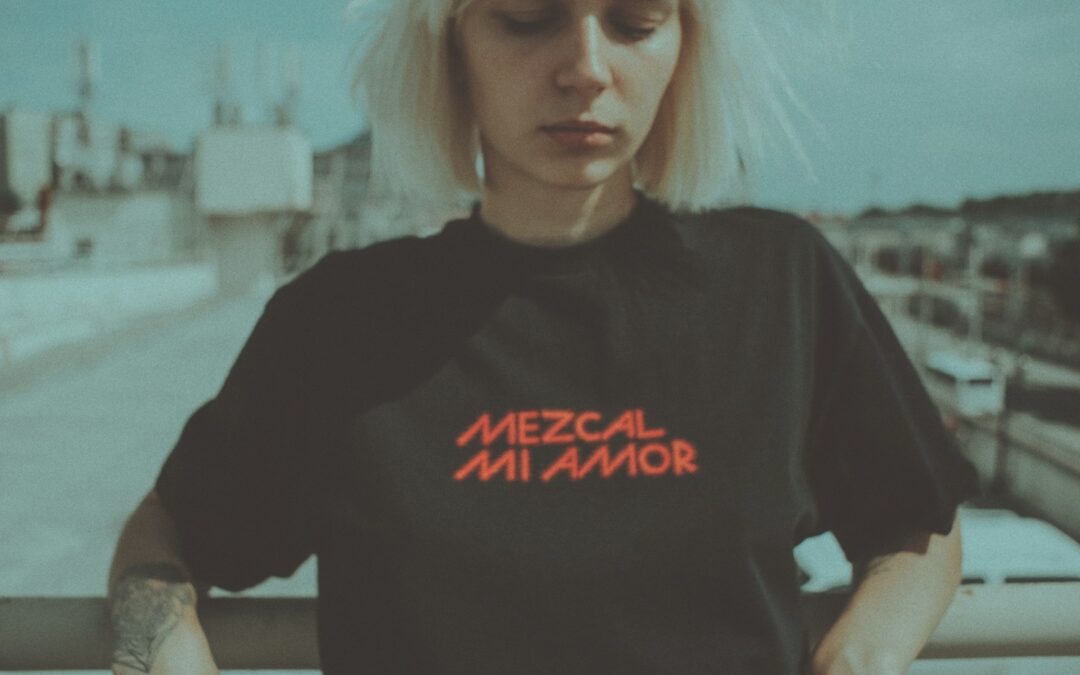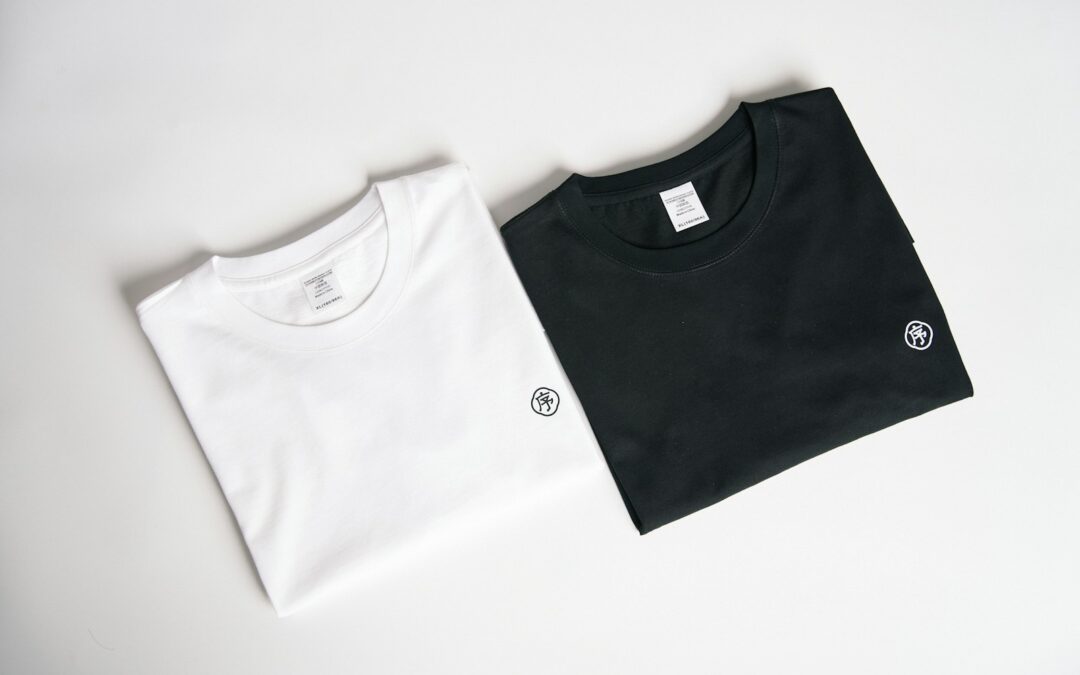Are you wondering, “What is a DTF transfer”?
The printing industry evolves quickly, and one technology that has completely changed the game is DTF printing—or Direct-to-Film. It’s reliable, vibrant, and incredibly flexible, making it the go-to for creators who want professional results without the heavy setup or steep learning curve. This method has opened doors for businesses and hobbyists alike.
I’ll break down what DTF printing is, how it works, and why it’s quickly becoming the top choice for apparel decorators, small businesses, and DIY creators alike. Get ready to explore a simpler, more powerful way to bring your designs to life.
What Is a DTF Transfer?
DTF stands for Direct-to-Film. In simple terms, this technique involves printing a design directly onto a special film, which is then transferred to a garment or another substrate using heat. Unlike other methods that print directly on the fabric, DTF creates a complete, ready-to-press transfer.
Compared to DTG (Direct-to-Garment) printing, DTF is more versatile. DTG often requires pre-treating fabrics and works best on cotton. DTF, however, works on a huge range of materials, including polyester, nylon, leather, and blends, without any pre-treatment. When compared to screen printing, DTF eliminates the need for multiple screens for different colors, making full-color, intricate designs much more cost-effective for small batches.
The magic is in how the three core components work together. A specialized DTF printer uses water-based inks to print the design onto a clear film. An adhesive powder is then applied and cured, creating a durable, full-color transfer that can be pressed onto almost any material.
How the DTF Printing Process Works
The DTF printing process is methodical and precise, which is why it yields such consistent, high-quality results. Each step plays a crucial role in creating a transfer that is both beautiful and durable.
Here is a step-by-step overview of how it’s done:
- Printing on PET Film: First, the design is printed onto a sheet of PET (polyethylene terephthalate) film. A specialized DTF printer uses CMYK inks for the color and then lays down a white ink layer on top. This white base is what makes the colors pop, even on dark fabrics.
- Applying Adhesive Powder: While the ink is still wet, a fine hot-melt adhesive powder is sprinkled evenly over the entire design. The powder sticks only to the inked areas.
- Curing the Adhesive: The film, now coated with ink and powder, is passed through a curing unit. This machine melts the adhesive powder and bonds it to the ink, creating a single, stable transfer sheet. The excess powder is shaken off.
- Heat Press Application: The finished transfer is placed on the fabric, and a heat press applies even heat and pressure. This activates the adhesive, permanently bonding the design to the garment. After a few seconds, the film is peeled away, leaving just the print behind.
Essential Components of DTF Printing
To achieve high-quality results, the DTF process relies on several key components working in harmony. Understanding these elements helps explain why this technology is so effective.
- PET Film: This isn’t just any plastic sheet. DTF uses a special coated PET film designed to hold the printed ink image without letting it bleed. It also releases the transfer cleanly after heat application.
- DTF Inks: These are specially formulated water-based pigment inks. The standard setup includes cyan, magenta, yellow, and black (CMYK), plus a crucial white ink. The white ink is used as a base layer, which allows for vivid prints on fabrics of any color.
- Adhesive Powder: This powder is the bonding agent. It’s a finely ground polymer that melts under heat, creating a strong adhesive layer that secures the print to the fabric fibers.
- Heat Press: A heat press is essential for the final application. It delivers the consistent temperature and pressure needed to properly cure the adhesive and transfer the design from the film to the fabric.
- Curing Unit: For commercial operations, a curing oven or tunnel is used to melt the adhesive powder onto the ink before pressing. This step ensures the transfer is ready for application or storage.
Why DTF Outperforms Other Printing Methods
DTF printing isn’t just another option. It’s a major step forward in custom printing that combines quality, versatility, and efficiency. Compared to older methods like DTG printing or screen printing, DTF direct to film delivers results that stand out in every way.
Durability (Even After Numerous Washes)
A DTF transfer produces a highly durable print because the specific inks bond directly with the hot melt powder during the curing process. This creates a flexible layer that melts into the fabric and allows the design to adhere completely. The printed film and adhesive layer form a solid connection with the material, holding up through several washes when given proper care. The result is a strong finish that doesn’t peel, crack, or fade easily.
Flexibility of the DTF Film
Direct-to-film (DTF) works with various fabrics and even certain materials that other techniques struggle to handle. It performs beautifully on cotton, polyester, tri-blends, nylon, canvas, and wood. This printing technique gives creators the freedom to produce everything from apparel and accessories to décor without needing different systems or setups.
Vibrancy
DTF is known for its exceptional color detail. The white ink underbase ensures that designs stay bright and opaque on both light and dark garments. Film printing captures every detail of the design creation, producing vivid, high-precision printed images. Whether you’re printing a logo or a full photograph, the result is clear, colorful, and true to your vision.
Cost Effectiveness
For small or medium runs, DTF is far more efficient than screen or DTG printing. It removes the need for screens, color separations, and long prep times. Using pre printed transfers, DTF powder, and printed film creates professional results faster and with less labor cost.
Scalability of a Direct to Film (DTF) Transfer Design Business
The DTF process is consistent from one shirt to one thousand. Each direct to film transfer maintains the same level of quality, color, and detail. This exciting technology uses a simple workflow with adhesive powder and printed film to deliver reliable results for every order, no matter the size.
DTF printing combines advanced materials, detailed design creation, and efficient production to give creators a dependable and cost effective way to produce long lasting, vibrant prints on nearly any surface.
How DTF Printing Simplifies Custom Printing
The rise of DTF has been a game-changer, especially for small businesses and independent creators. It removes many of the traditional barriers to entry for professional garment decoration.
For Etsy and Shopify sellers, DTF offers a way to produce high-quality, on-demand products without investing in expensive equipment. There’s no need to buy a DTF printer or learn complex RIP software—you can simply upload your design and order ready-to-press transfers.
This versatility extends to the products you can offer. You can easily create custom t-shirts, tote bags, athletic wear, hats, and hoodies. Because it works so well on dark fabrics, you are no longer limited to printing on white or light-colored items. DTF is also perfect for intricate designs or full-color logos that are difficult to achieve with standard heat transfer paper or vinyl.
How to Apply a DTF Transfer
Applying a DTF transfer is straightforward, and with a few simple steps, you can achieve professional results every time.
You’ll get the best results with a heat press machine, which provides the even heat and pressure necessary for a perfect application. For small, personal projects, a household iron can sometimes work, but a heat press is highly recommended for consistency and durability.
Always start by following the manufacturer’s instructions for temperature, pressure, and time. Generally, you’ll pre-press the garment to remove moisture, position the transfer, and then press for the recommended duration. With a true hot-peel transfer, you can peel the film away immediately after pressing while it’s still hot, which speeds up production significantly.
For the best results, make sure your heat press is calibrated correctly. After pressing, wait 24 hours before washing the garment. To ensure longer-lasting prints, wash inside-out with cold water and tumble dry on low.
Why I Believe in DTF Technology
Having watched the printing industry for years, I’ve seen technologies come and go. But DTF is different. I’ve witnessed creators use it to scale their businesses from a small side hustle to a full-fledged brand, all thanks to its accessibility and professional output. The ability to create a single, high-quality sample or fulfill a bulk order with the same process is empowering.
At Limitless Transfers, our confidence in this advanced technology is unwavering. We’ve invested in optimizing every part of the process to ensure our transfers offer superior quality. When you see the precision and feel the soft-hand finish of a well-made DTF print, you understand its potential.
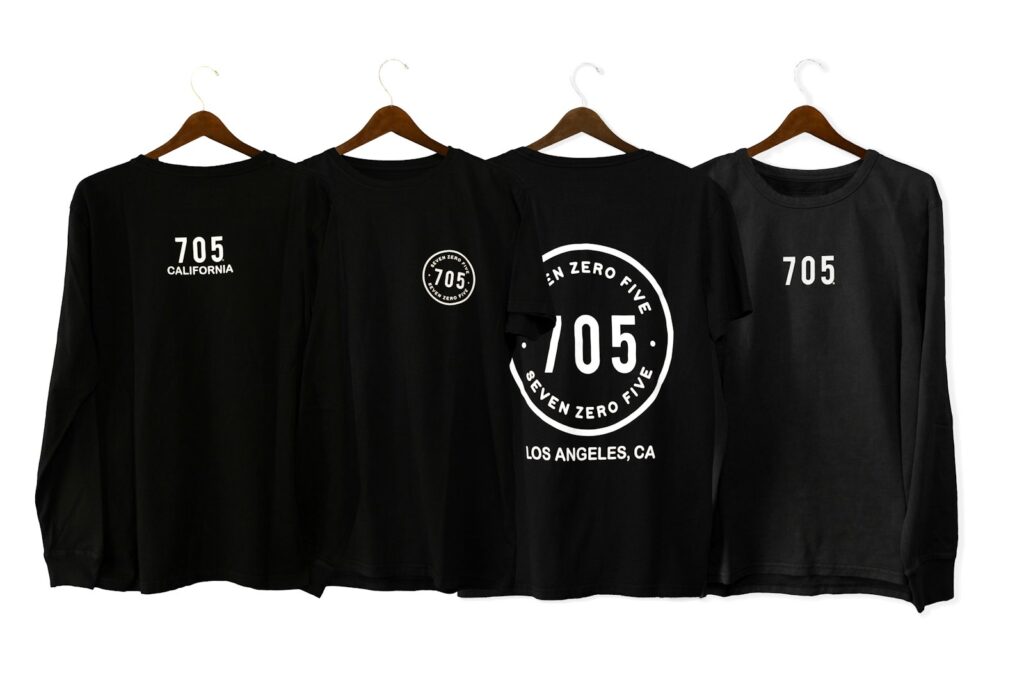
Photo by Ryan Hoffman on Unsplash
Try Limitless Transfers for Yourself
I built Limitless Transfers to make professional printing accessible to everyone. Whether you’re creating one shirt or a thousand, our ready-to-press DTF transfers deliver vibrant colors, incredible durability, and fast turnarounds that help your business grow.
If you’re ready to discover a better way to print, shop our custom DTF transfers today. See for yourself why thousands of satisfied customers, from hobbyists to large print shops, trust our award-winning brand to bring their vision to life.

